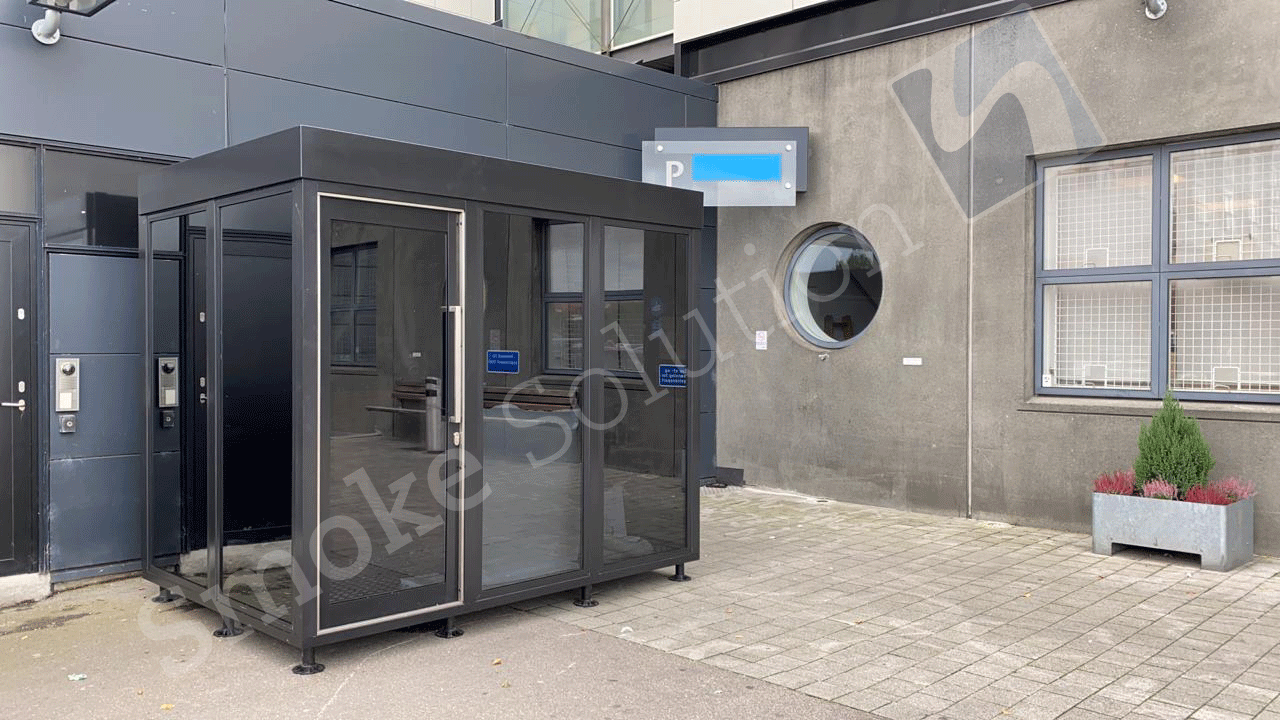Activated carbon is a form of carbon that is processed to have small, low-volume pores available for adsorption and or chemical reactions. Activated carbon is a non-hazardous carbon bearing product with a porous structure and a very large internal surface area. The chemical structure of activated carbon can be defined as a rough form of graphite, with a highly porous random amorphous structure at a wide range of pore sizes, from visible voids and crevices to those with molecular dimensions. There are few shapes of Activated Carbon we could find in the market.
Granular Activated Carbon
Granular Activated Carbon is irregularly shaped particles ranging in size from 0.2 to 5 mm. This type is used in liquid and gas phase applications.
Powder Activated Carbon
Powdered Activated Carbon with a predominant size of less than 0.18mm. It is mainly used in liquid phase applications and for flue gas treatment.
Extruded Activated Carbon
Extruded Activated Carbon is extruded and is cylindrical with diameters from 0.8 to 5 mm. It is mainly used for gas phase applications due to its low pressure drop, high mechanical strength and low dust content.

